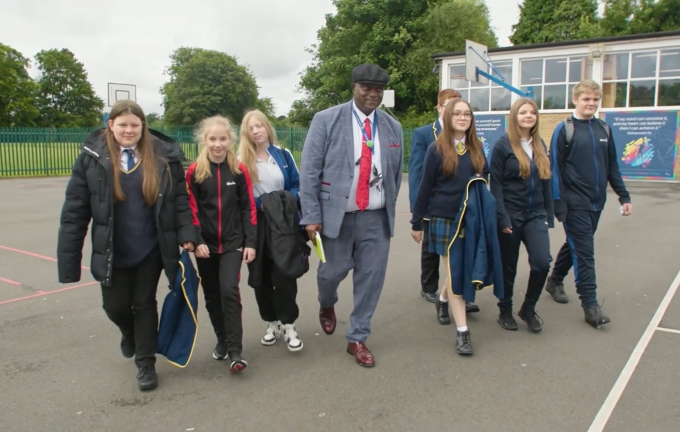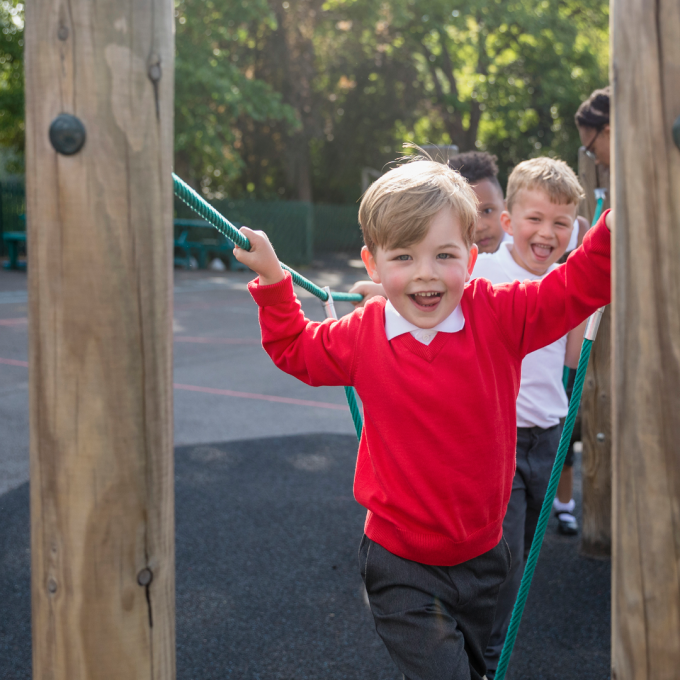Often referred to as the 'hug' or 'cuddle' hormone, oxytocin is produced when we feel connected and safe with someone. When we see their smiling face, hear their warm voice, or make eye contact with them, our oxytocin levels rise and we feel calm, supported and nurtured. The best way to increase levels of oxytocin is through positive physical touch. Hugging, dancing or cuddling a pet can give us the oxytocin boost we need.
Studies have shown the positive impact a loving relationship can have on our health and wellbeing, and oxytocin plays a significant role in this. One of the main benefits of oxytocin is that it reduces the stress hormone, cortisol.
In the digital age we live in, when we feel the need to connect, there is often the temptation to look to our nearest screen, rather than the person sitting next to us. Although our phones are a great way to communicate with others, we miss out on the bigger bursts of oxytocin that can be generated by being physically present with someone. Face to face interactions are more likely to give us the levels of oxytocin our brain and body crave.
The Thrive Approach promotes the importance of building positive relationships where everyone feels valued and confident in who they are. It is the relationship that encourages the natural release of oxytocin, and while this will benefit the children and young people, it will also benefit the adults working with them.
Creating an environment built on a foundation of connection and safety will boost the release of natural chemicals that make us feel good - and reduce stress for everyone involved. Understanding the science that underpins relationships, and the positive impact this can have on our physical and mental health, can be used to inspire and motivate us. By embracing the benefits of oxytocin, we will help everyone around us have the opportunity to feel special, supported and able to thrive.
Over to you
Reduced anxiety and behavioural incidents. Calmer classrooms filled with engaged leaners. Improved relationships with parents and carers. These are just some of the outcomes reported by settings embedding Thrive’s whole-school approach to mental health and wellbeing. Are you ready to join them? Click here to get started.
Pass it on
Small actions can lead to a big ripple effect. If you enjoyed this post or found it helpful, please consider supporting us in our mission to help every child and young person feel safe, supported and ready to learn by sharing it using the social media buttons below.
Want to join a like-minded community of senior leaders and classroom staff benefitting from insights and strategies to improve attendance, behaviour and attainment? Add your email address below. (It’s easy to unsubscribe).




(1)(1)(1)_680.jpg)

(1)_680.jpg)